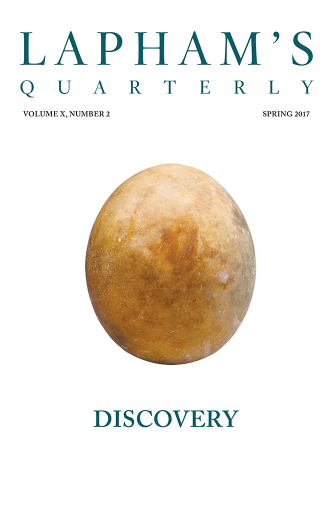To be opened at the feet of the master and mistress Lyipeya and Sarpinae.
To the feet of the masters, dear to men and gods, respected, of pleasant aspect, whose life is a hundred years long of divine years suited to them, dear brother-in-law Lyipeya, dear sister Sarpinae and Sugita and Lyimsu, Kupsimta pays respect and asks after their good health and divine body, again and again, much, immeasurable; and first of all I am pleased to hear that your divine body is in health; I also am well through your favor, and thus I address you:
In Lyimsu’s hand there is some corn of mine on loan. As regards the previous lot of corn, the lot that we received here, you know the reckoning of it. The second lot is from the plowed field, and you know the reckoning of it. It is in Samghasena’s hand. The amount of that corn which has been used up or given to others has been entered on a tablet. The amount of corn remaining from that is five milima ten khi. That corn is to be demanded of Samghasena along with interest. As regards the vasdhigaim corn and the corn from the field, reckoning is to be made separately. The corn from panimcana is ten khi. A reckoning of that is to be made along with the interest. As regards the previous corn, reckoning is to be made in detail for each year individually. As regards last year’s corn in Campe’s hand, Kuteya knows how much came off the threshing floor. Also, a reckoning is to be made of the corn Campe has. Also, you know the reckoning of the wine that Kole has. Now there is room for some wine from him. I have sent a present as token of remembrance, for you a lespa, three sira for each of you, and one vatu for Sarpinae.
Inscription on a Shanshan tablet. In 1901 an expedition organized by British explorer Aurel Stein was led by a Uighur camel driver to the site of Niya, once an important Silk Road trading post in the Shanshan empire that was abandoned sometime after the year 500. Stein uncovered hundreds of documents written in Kharoshthi script detailing legal and financial matters. Mostly written on wood and sheepskin, the documents were thought to have been created between 235 and 335. The word corn refers to grain generally.
Back to Issue




